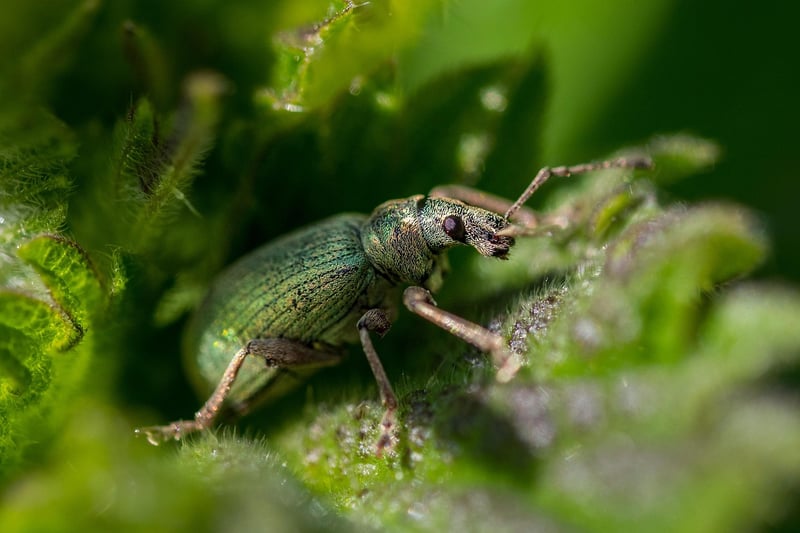Identifying Pests
Managing Plant Pests and Identifying Them
Introduction
Welcome to our guide on managing plant pests and how to identify them. Whether you are a seasoned gardener or just starting, knowing how to deal with pests is essential for maintaining healthy plants. In this article, we will cover common plant pests, methods of pest control, and tips on identification.
Identifying Plant Pests
Before you can effectively manage plant pests, you need to be able to identify them. Here are some common types of plant pests:
- Aphids: These small insects feed on plant sap and can cause curling leaves and stunted growth.
- Whiteflies: Whitefly infestations can lead to yellowing leaves and the spread of plant diseases.
- Caterpillars: Caterpillars can munch on leaves and flowers, causing significant damage to plants.
- Spider Mites: These tiny pests can create fine webbing on plants and cause leaves to turn yellow and drop prematurely.
- Snails and Slugs: These creatures feed on plant leaves and stems, leaving behind holes and slime trails.
Managing Plant Pests
Once you have identified the pests affecting your plants, it's time to take action. Here are some methods for managing plant pests:
- Handpicking: For larger pests like caterpillars, physically removing them from plants can be effective.
- Biological Control: Introducing natural predators like ladybugs or parasitic wasps can help keep pest populations in check.
- Neem Oil: Neem oil is a natural pesticide that can be used to control a variety of plant pests.
- Organic Sprays: Sprays made from ingredients like garlic, chili peppers, or soap can help deter pests.
- Crop Rotation: Rotating crops can disrupt pest life cycles and reduce infestations in the long term.
Conclusion
By learning to identify common plant pests and implementing effective pest management strategies, you can protect your plants and promote a thriving garden. Remember to monitor your plants regularly, as early detection is key to preventing widespread damage. Happy gardening!

For more information on plant pests and management, you can visit PestWorld.
